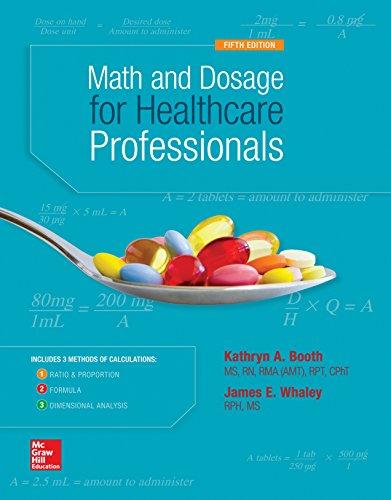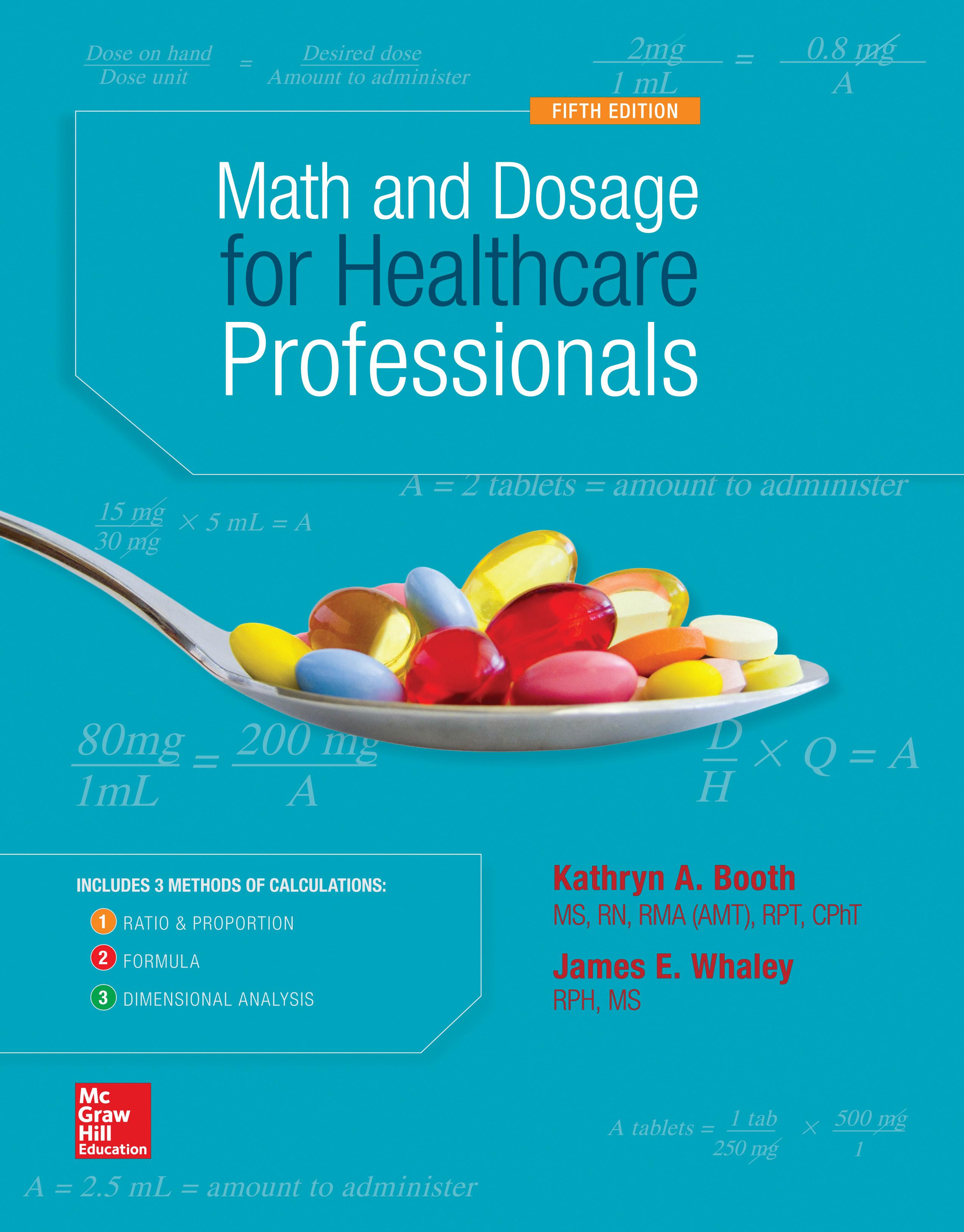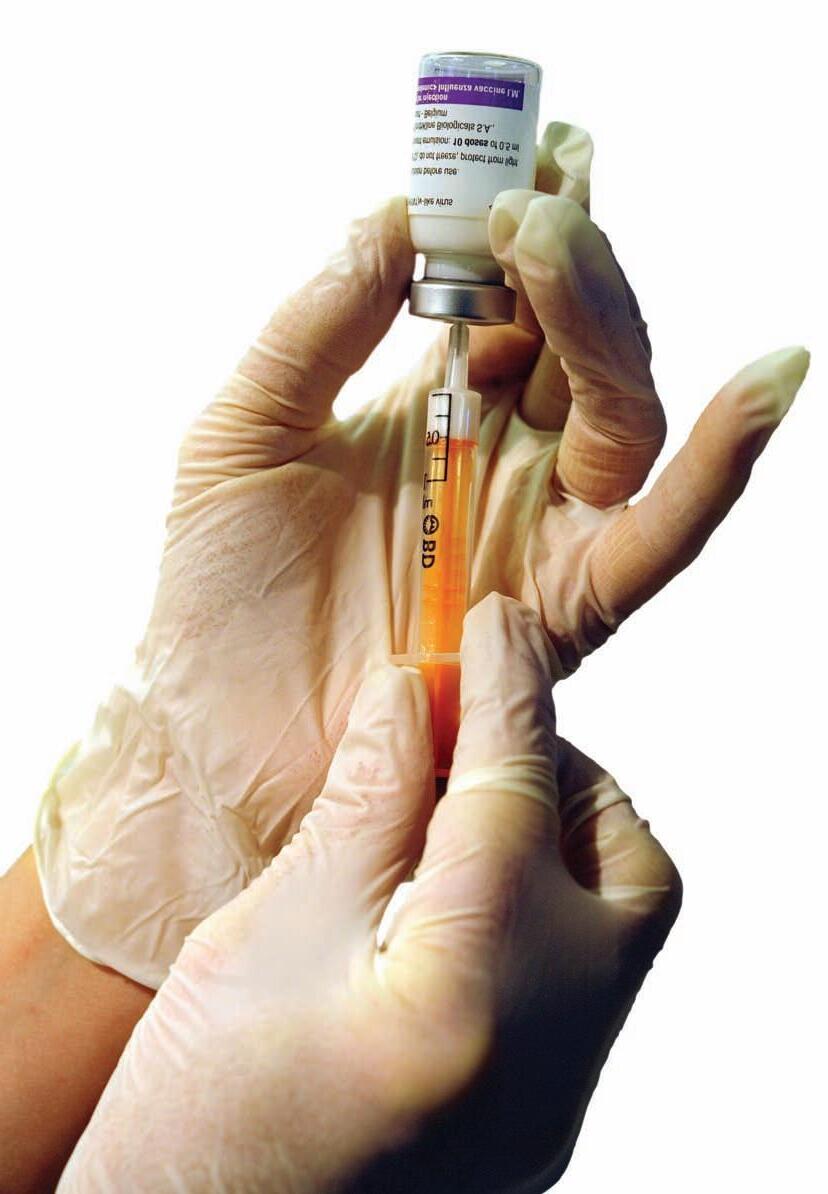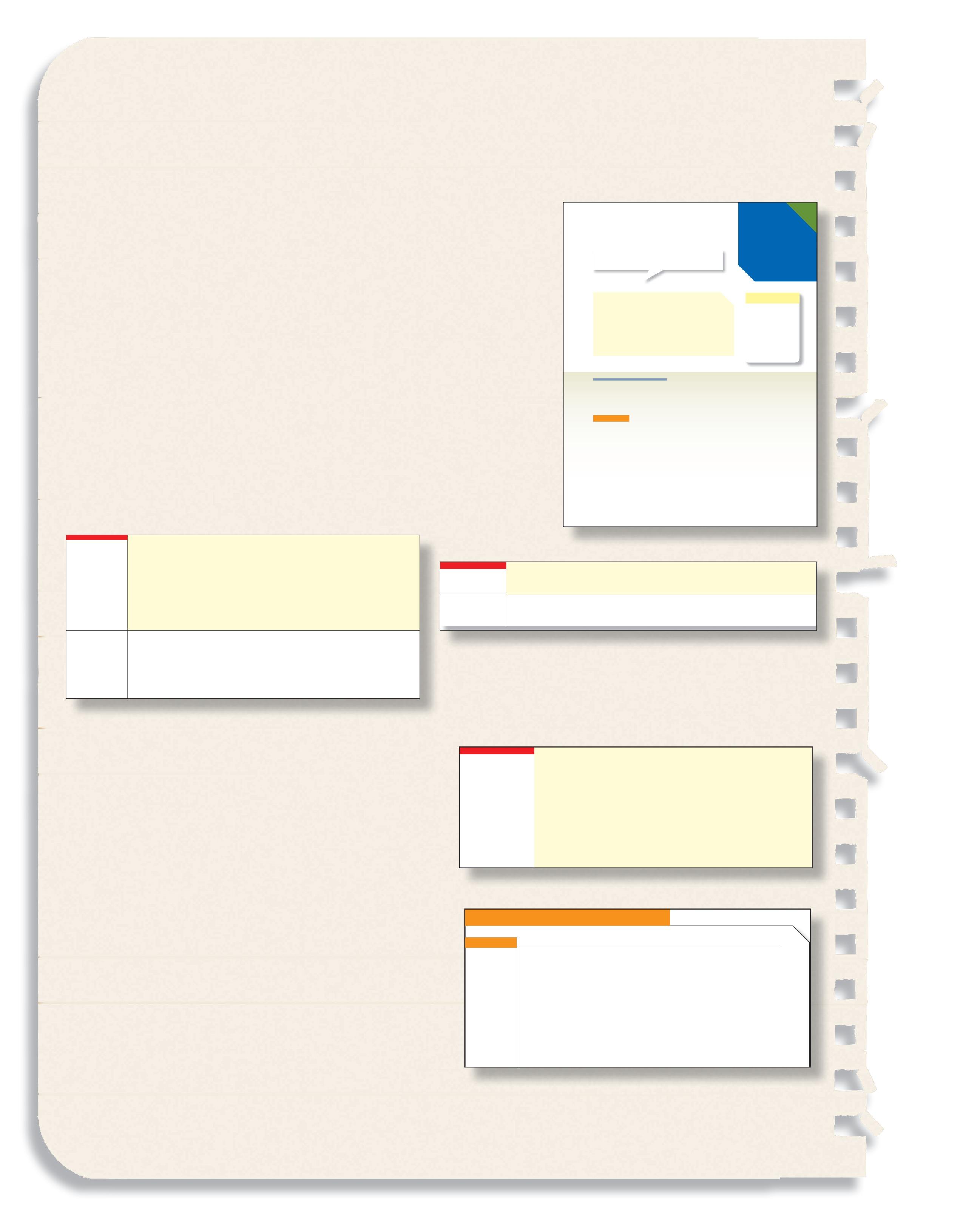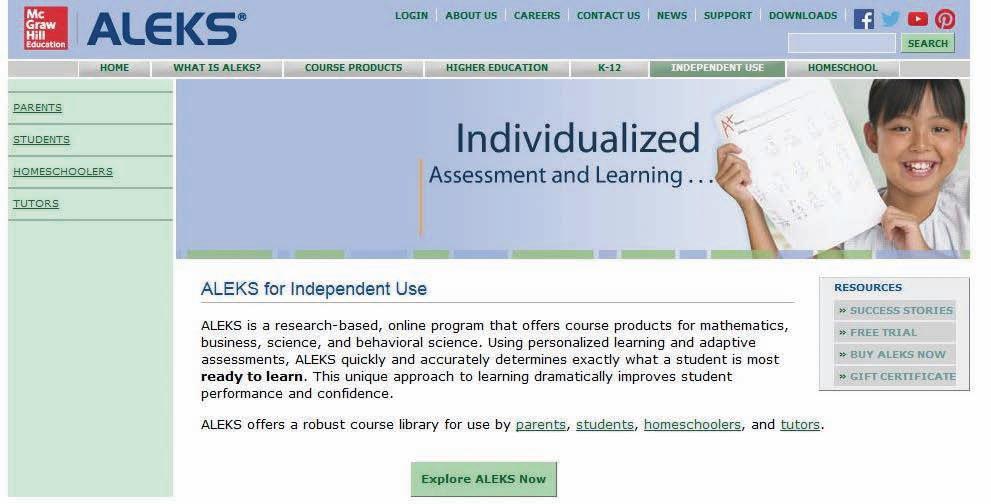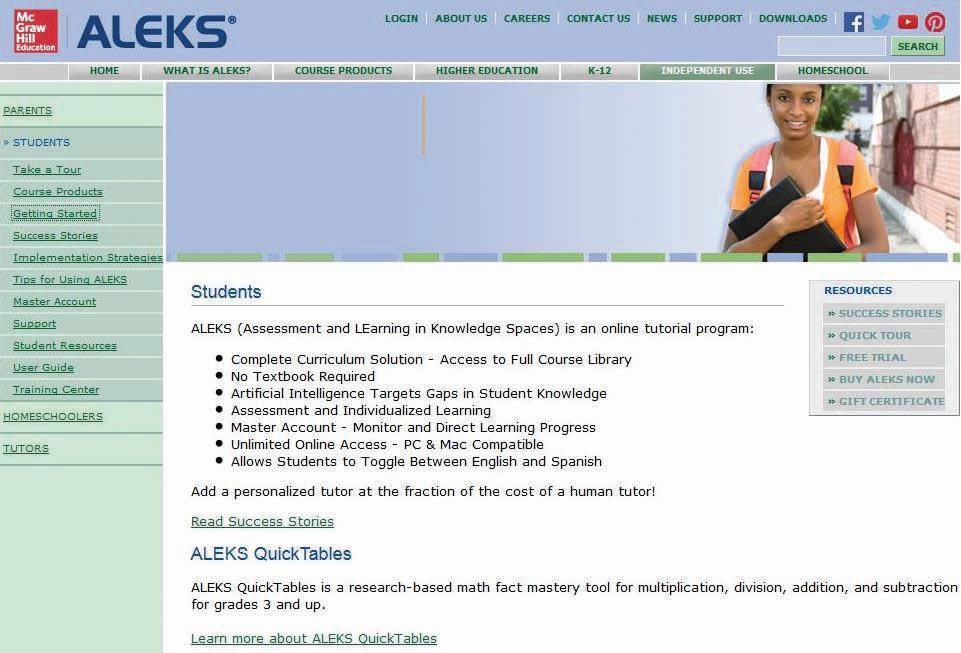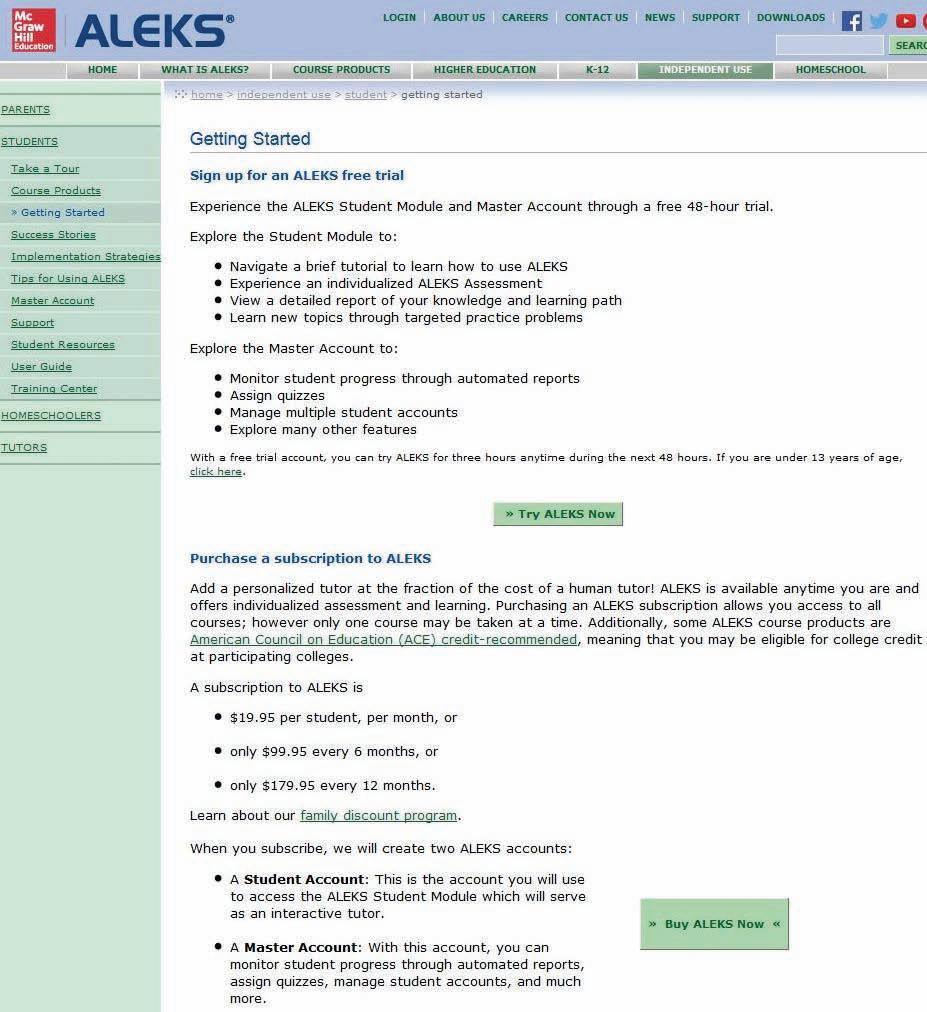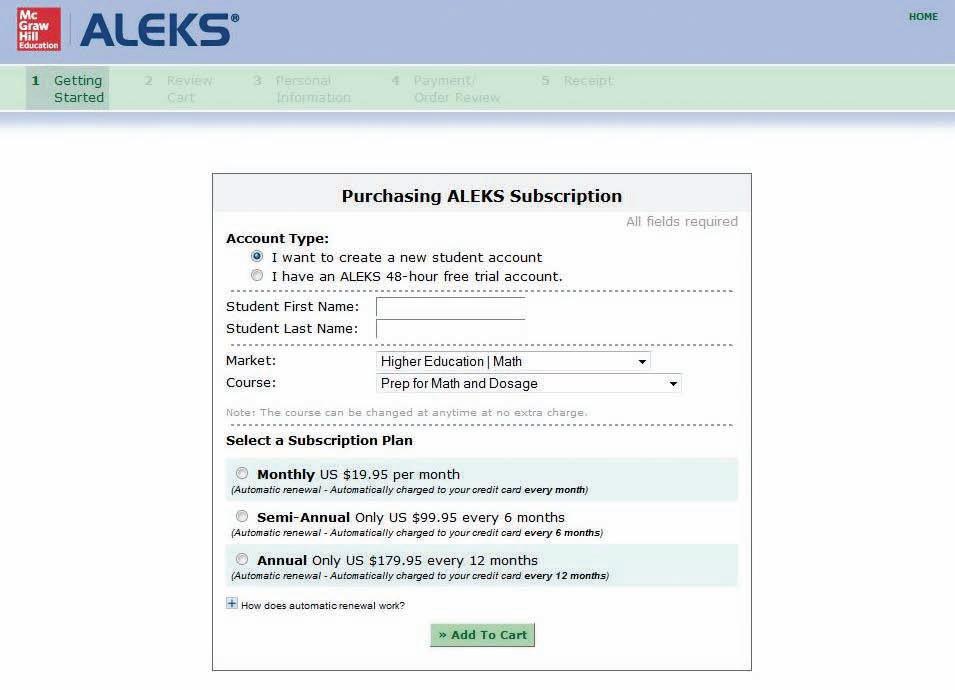[ PREFACE
We’ve got you covered—from basic math skills to critical dosage calculations . . . from the print textbook to the digital supplements!
Welcome to the fifth edition of Math and Dosage Calculations for Healthcare Professionals (M&DC)! This product introduces students to the concepts and skills they will need to move forward within their chosen health profession or nursing curriculum. Students will need dynamic tools and multiple resources to ensure success and this product provides everything they need!
Here’s what you and your students can expect from the new edition of M&DC:
• Reorganized content within chapters and units to allow for flexibility of utilizing the product across various healthcare and nursing curricula.
• Simplified dosage calculation steps and examples, and consistency throughout explanations.
• Continued comprehensive coverage of three methods of dosage calculation—proportion, formula, and dimensional analysis—to adapt to various learning styles.
• Updated learning outcomes based on the revised Bloom’s taxonomy that serve as the framework for each chapter and are emphasized throughout the product assets to tie the concepts together.
• Tabular end-of-chapter summaries that are tied to the learning outcomes, along with page references—these reinforce key points for review.
• Comprehensive digital support with ALEKS Prep for Math & Dosage and Connect.
• Focus on the application of mathematics and accuracy of dosage calculations—the essential knowledge needed to prevent medication errors.
Here’s How Your Colleagues Have Described the New Edition of M&DC:
“Math and Dosage Calculations is a well-written and current text with just the right amount of rigor and relevance.
This text covers all of the concepts required for medical assisting and nursing students in detail and with clarity and ease of use. Additionally, the use of three methods of dosage calculations and examples in each chapter provides students with the opportunities to work with the method they prefer. Real-life examples are given and students are required to extract information using critical thinking skills, rather than just completing exercises. Overall, this is an excellent product and I would highly recommend it to any medical program for the instruction of dosage calculation and administration of medications.”
Amy Ensign Baker College – Clinton Township
“Wow! This text is more than I expected. I am truly thrilled in all that it offers to me and my students.”
Amanda Davis-Smith Jefferson Community College – Louisville
“This is a very good book on the breakdown of dosage and calculations as it pertains to MAs and their future outcomes. I like the book as it is separate from pharmacology itself yet it is still a portion that could be added to the pharmacology course. Students will comprehend the math and calculations portions much better than what they are currently using.”
Kathy Gaeng Vatterott College
1 Chapter 16: Procedure Checklists were added for rules that require step-by-step calculations. The key term for the third process in pharmacokinetics was changed from biotransformation to metabolism to conform with the often-used acronym ADME.
1 Chapter 17: Information about calculating safe heparin IV dosages and performing heparin protocol calculations was merged in this chapter. Information about daily maintenance fluid needs (DMFN) was moved to this chapter. Step-by-step procedure checklists were added for calculating flow rates using DMFN, for determining safe dosage based on a patient’s ideal weight, and for finding IV flow rate based on weight per time.
1 Chapter 18: This completely new chapter was added to provide content for entry-level pharmacy technicians, including instructions for calculating the amount of medication to dispense and for calculating the days’ supply of a medication.
1 Chapter 19: Content from former Chapter 16 and Appendix A: Alligation Method were included in this new chapter targeted for entry-level pharmacy technicians. The chapter includes compounding calculations to determine quantities needed to make liquid, solid, or semisolid compounds, as well as to dilute stock products. In addition, the chapter includes new content to explain calculations using specific gravity.
Instructor Resources
McGraw-Hill knows how much effort it takes to prepare for a new course. Through focus groups, symposia, reviews, and conversations with instructors like you, we have gathered information about what materials you need in order to facilitate successful courses. We are committed to provide you with high-quality, accurate instructor support.
A one-stop spot to present, deliver, and assess digital assets available from McGraw-Hill: McGraw-Hill Connect for Booth/Whaley: Math &
Dosage Calculations
McGraw-Hill Connect for Math & Dosage Calculations provides online presentation, assignment, and assessment solutions. It connects your students with the tools and resources they’ll need to achieve success. With Connect you can deliver assignments, quizzes, and tests online. A robust set of questions and activities, including all of the endof-chapter questions, additional algorithmic math exercises focused on the three calculation methods, and interactives, are presented and aligned with the text’s learning outcomes. As an instructor, you can edit existing questions and author entirely new problems. Connect enables you to track individual student performance—by question, by assignment, or in relation to the class overall—with detailed grade reports. You can integrate grade reports easily with Learning Management Systems (LMSs), such as Blackboard, Desire2Learn, or eCollege—and much more.
Connect for Math & Dosage Calculations provides students with all the advantages of Connect for Math & Dosage Calculations plus 24/7 online access to an eBook. This media-rich version of the textbook is available through the McGraw-Hill Connect platform and allows seamless integration of text, media, and assessments. To learn more, visit http://connect .mheducation.com.
• Online training tools: Get immediate, anytime/anywhere access to modular tutorials on key features through our Connect Success Academy.
Get started today. Learn more about McGraw-Hill Education’s Digital Success Programs by contacting your local sales representative or visit http://connect.customer.mcgraw-hill .com/start.
Need help? Contact McGraw-Hill’s Customer Experience Group (CXG)
Visit the CXG website at www.mhhe.com/support. Browse our FAQs and product documentation and/or contact a CXG representative. CXG is available Sunday through Friday.
ALEKS® (www.aleks.com)
Math and Dosage Calculations for Healthcare Professionals also offers the integration of an ALEKS (Assessment and LEarning in Knowledge Spaces) “Prep Course” (see the three pages immediately before the beginning of Unit 1). Topics covered and remediated in ALEKS are noted by marginal icons throughout the first seven chapters.
ALEKS is a dynamic online learning system for mathematics education, available over the Web 24/7. ALEKS assesses students knowledge, and then guides them to the material that they are most ready to learn. With a variety of reports, Textbook Integration Plus, quizzes, and homework assignment capabilities, ALEKS offers flexibility and ease of use for instructors.
• ALEKS uses artificial intelligence to determine exactly what each student knows and is ready to learn. ALEKS remediates student gaps and provides highly efficient learning and improved learning outcomes.
• ALEKS is a comprehensive curriculum that aligns with syllabi or specified textbooks. Used in conjunction with McGraw-Hill texts, it also provides students with links to textspecific videos, multimedia tutorials, and textbook pages.
• Textbook Integration Plus allows ALEKS to align automatically with syllabi or specified McGraw-Hill textbooks with instructor-chosen dates, chapter goals, homework, and quizzes.
• ALEKS with AI-2 gives instructors increased control over the scope and sequence of student learning. Students using ALEKS demonstrate a steadily increasing mastery of the course content.
• ALEKS offers a dynamic classroom management system that enables instructors to monitor and direct student progress toward mastery of course objectives.
ADDITIONAL INSTRUCTOR RESOURCES
• Instructor’s Manual with course overview, lesson plans, answers to Review and Practice Sections, End-of-Chapter Homework Assignments and Chapter Reviews, Unit Assessments, competency correlations, sample syllabi, and more.
• PowerPoint Presentations for each chapter, containing teaching notes correlated to learning outcomes. Each presentation seeks to reinforce key concepts and provide an additional visual aid for students.
• Test Bank and answer key for use in class assessment. The comprehensive test bank includes a variety of question types, with each question linked directly to a learning outcome from the text. Questions are also tagged with relevant topic, Bloom’s taxonomy level, difficulty level, and competencies, where applicable. The test bank is available in Connect; and the EZ Test version is also available.
Keith A. Monosky—PhD, MPM, EMT-P, Central Washington University
Linda W. Moore—BA, Georgia Military College
Anne F. Mullenniex—BA, MA, Ph. C, Skagit Valley College
Donna M. Olafson—MA, Kansas City Community College
Gail P. Orr—MA, RMA, National College
Peggy A. Radke—MSN, Central Community College
Ramona Gail Rice—BS, MS, Ph.D, Georgia Military College
Helen Reid—EdD, MSN, BS, BA, Trinity Valley Community College
Katherine Lippitt-Seibert—RN, Mercy College of Health Sciences
Kathleen Sheehan—AS, BS, MSN, Elms College
Kristin M. Spencer—AAS, BHS, MBA, Baker College
George W. Strothmann Jr.—CPhT, Sanford Brown Institute
Jue-Ling Tai—MS, Danville Community College
Joseph A. Tinervia—CPhT, MBA, Tulsa Job Corps Center/Tulsa Community College
Debra J. Tymcio—RT, RMA, National College
Scott David Vaillancourt—Master Certified Novell Instructor, Certified Cisco Academy Instructor, Microsoft Certified Trainer, Ultimate Medical Academy
Jane K. Walker—BBA, MSN, PhD, Walters State Community College
Olma L. Weaver—LVN, Coastal Bend College-Beeville Campus
Janet M. Westhoff—Mott Community College
Denise York—BSN, MS, Med, Columbus State Community College
Technical Editing/Accuracy Checking
Kristin Brandemuehl Washtenaw Community College
Kevin Chakos—National College
Rhonda Johns—Baker College-Allen Park
Teresa Twomey—Goodwin College
Sherrell Williams—Everest Institute
Connie Williams—Pinnacle Career Institute
Barbara Worley—King’s College
LearnSmart Subject Matter Experts
Amy Ensign—Baker College
Tammy Vannatter—Baker College
Danielle Wilken—Goodwin College
Acknowledgments from the Authors
We would like to thank the many individuals who helped develop, critique, and shape our textbook and ancillary package. Suggestions have been received from faculty and students throughout the country. This is vital feedback that we rely on for content and product development. Each person who has offered comments, suggestions, and assistance has our thanks. We also want to thank the extraordinary efforts of individuals at McGraw-Hill, although we have had lots of hurdles, you have made all of this come together. A special thank you to Jody James for her enduring assistance through the entire process.
GUIDED TOUR
Chapter Opener
The chapter opener sets the stage for what will be learned in the chapter.
Learning Outcomes are written to reflect the revised version of Bloom’s Taxonomy and to establish the key points the student should focus on in the chapter. In addition, major chapter heads are structured to reflect the Learning Outcomes and are numbered accordingly.
Key terms are first introduced in the chapter opener so the student can see them all in one place.
Rules and Examples
Rules state important formulas and facts for completing calculations. The Examples that follow illustrate these rules.
1. Write the whole-number part to the left of the decimal point.
2. Write the decimal fraction part to the right of the decimal point. Decimal fractions are equivalent to fractions that have denominators of 10, 100, 1,000, and so forth.
3. Use zero as a placeholder to the right of the decimal point just as you use zero for whole numbers. The decimal number 1.203 represents 1 ones, 2 tenths, 0 hundredths, and 3 thousandths.
•
•
Procedure Checklists
Procedure Checklists provide easy-to-follow, step-bystep guidelines for performing dosage calculations.
Methods of Dosage Calculations
Three methods of dosage calculation are included; proportion, formula, and dimensional analysis. The methods are color-coded so you can easily find the method of problem solving that best fits your learning style or has been specified by your instructor.
3.
End-of-Chapter Resources
End-of-chapter summaries are tied to the learning outcomes and reinforce key points for the students to review. Page numbers are included for easy reference.
Homework Assignments provide at least one of every type of problem introduced in the chapter. Answers are not provided in the back of the book so that instructors can assign these as an introduction, a review, or even a chapter quiz.
The Chapter Review section offers additional exercises for reinforcement of the chapter content. It falls into these categories: Check Up, Critical Thinking Applications, Case Study, and Internet Activities.
Unit Assessments are presented at the end of each of the 6 units. In each chapter, all of the calculations have been grouped together to allow students the opportunity to practice a specific skill. In the “real world,” however, students will be faced with a variety of situations in which they will need to use each of these skills at various times throughout the day. This assessment requires students to use skills practiced in each of the chapters in the unit. If they have trouble with some of these calculations, it will help them to identify areas where more practice is needed. If they do well, they can move forward with the confidence that they are prepared for the next unit. [ CHAPTER 14 SUMMARY
HOMEWORK ASSIGNMENT
CHAPTER 14 REVIEW
Proportions (2 topics)
• Writing a ratio proportion as a fraction proportion
• Finding the missing value in a proportion
Measurements and Conversions (6 topics)
Metric System (4 topics)
• Metric distance conversion with whole number values
• Metric mass or capacity conversion with whole number values
• Metric distance conversion with decimal values
• Metric conversion with decimal values: Two-step problem
Converting Units (1 topic)
• Converting units
Temperature (1 topic)
• Converting between temperatures in Fahrenheit and Celsius
You can test-drive ALEKS yourself at: http://www.aleks.com/free_trial/consumer If your instructor has provided you with information and access cards, you’ll want to log in at www.aleks .com as soon as possible and begin. Click “Free Trial” in the “HIGHER EDUCATION” box.
If you’re looking to purchase ALEKS on your own, go to “Independent Use” on the top of the home screen, from there select “Students” in the left hand side menu item, and then click on the “Getting Started” tab: http://www.aleks.com/independent/ students/getting_started
Then, click on the “Buy ALEKS Now” to begin to purchase the Prep for Math and Dosage. Be sure to choose Higher Education/Math for the Market, and Prep for Math and Dosage as the course.

